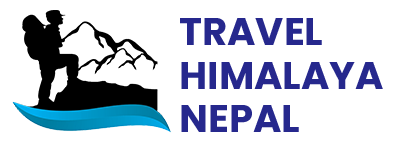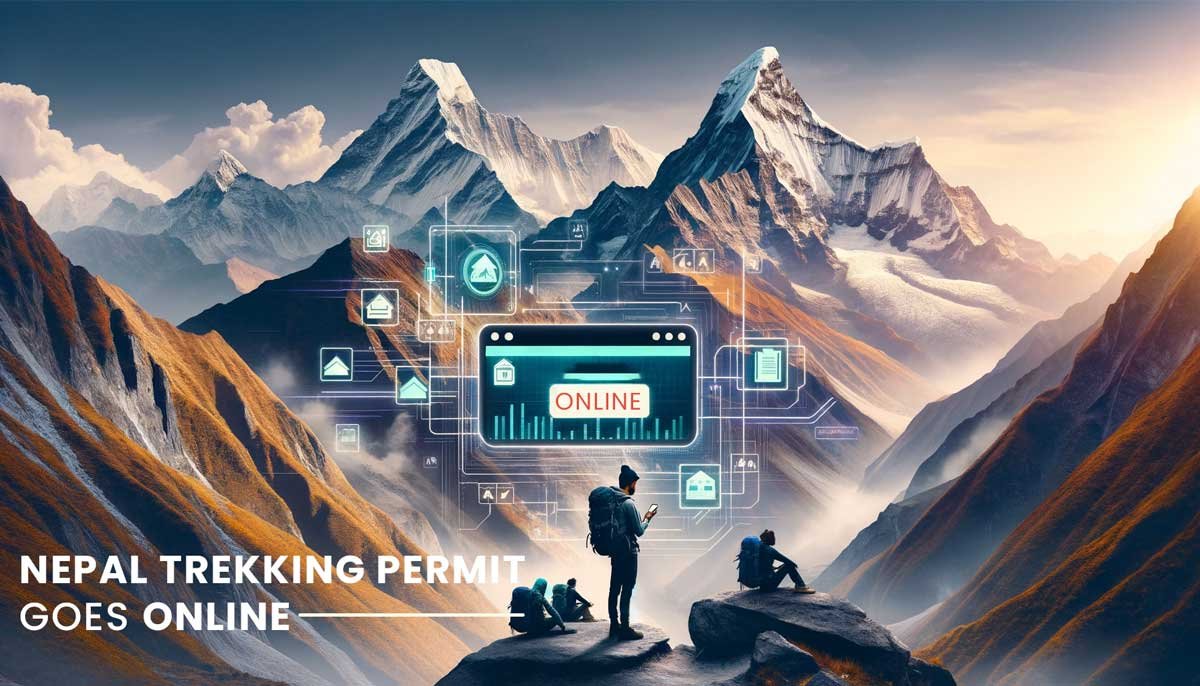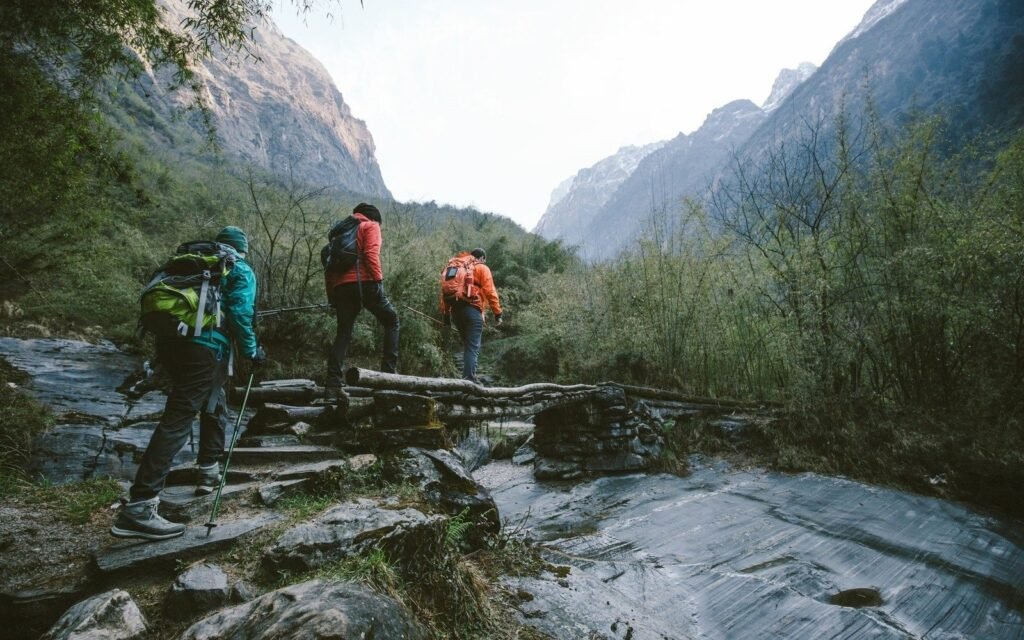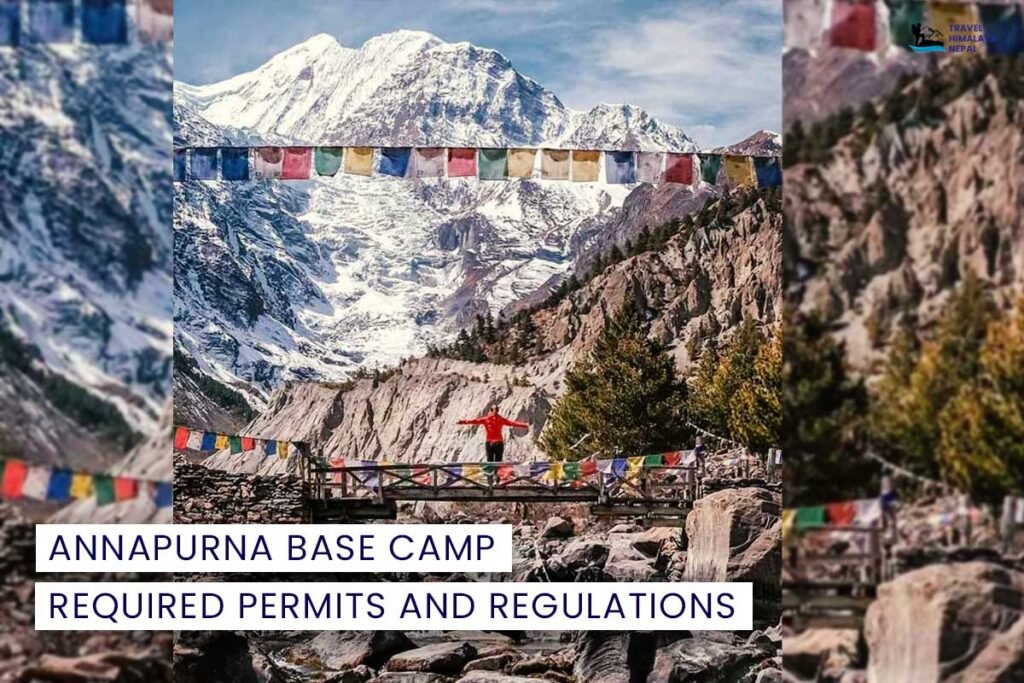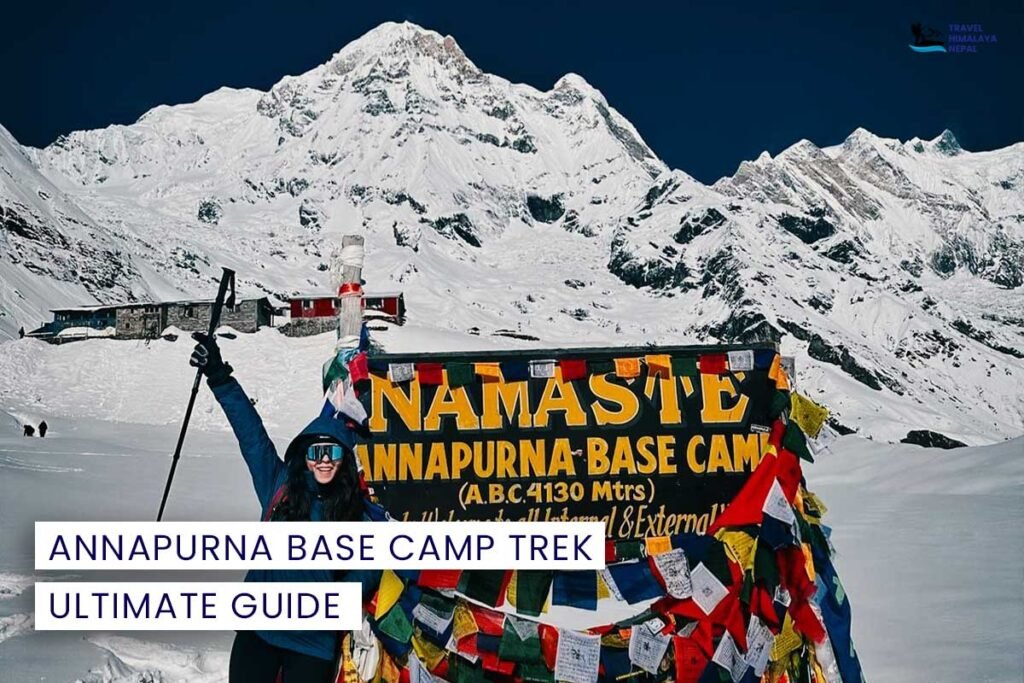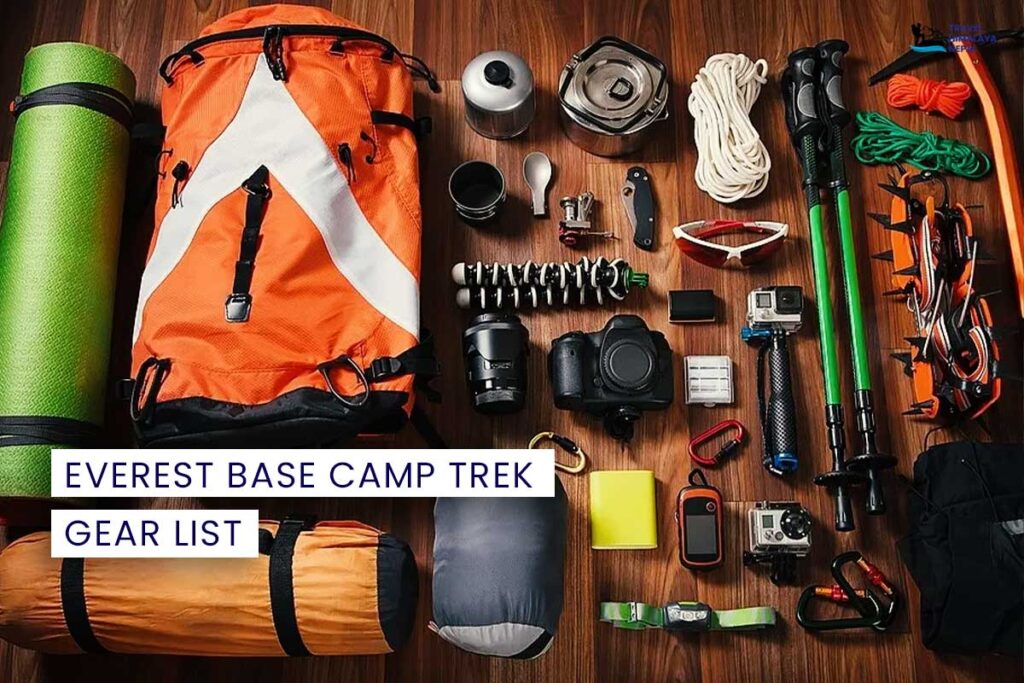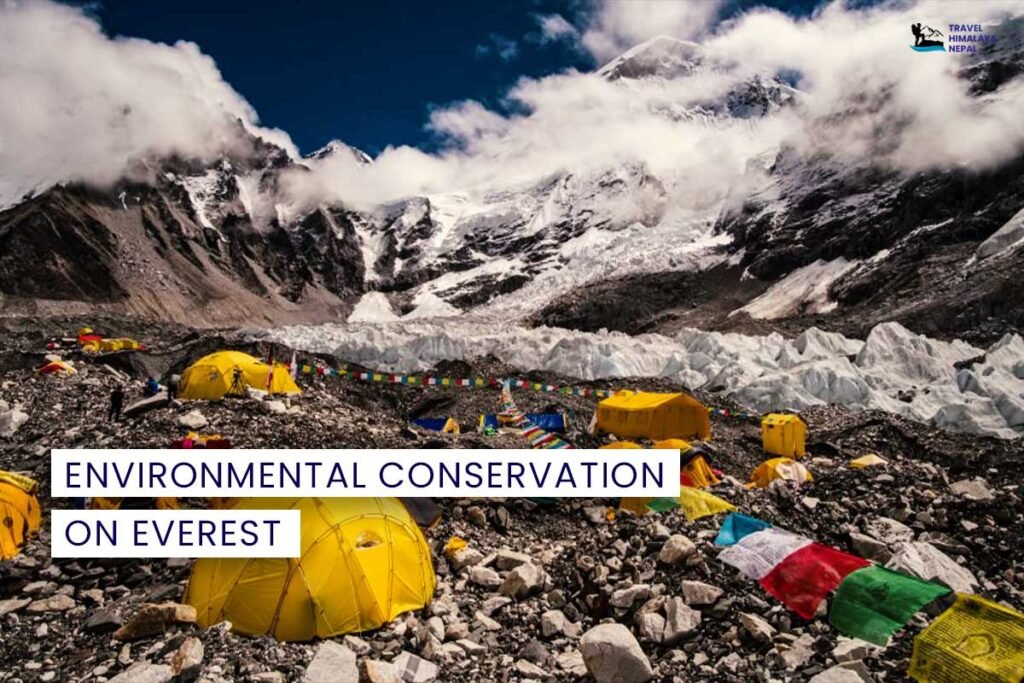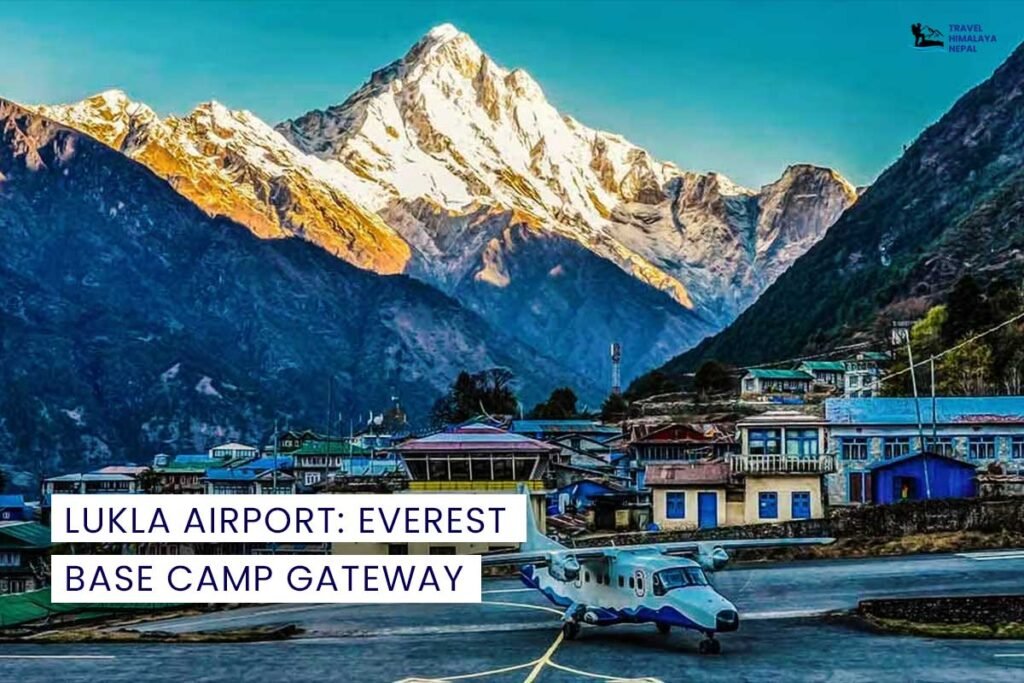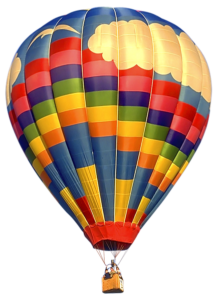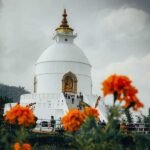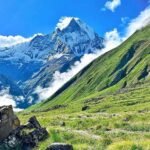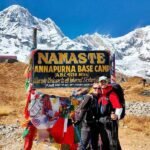Welcome, trekkers! Nepal, the land of soaring Himalayas and breathtaking landscapes, has recently undergone a significant change in its trekking permit system. Embracing digitalization, the government has shifted from the traditional paper-based system to a convenient online platform. This blog delves into the details of this transition, offering you valuable information and insights.
Key Takeaways:
- No More Paper Permits: As of February 23, 2024, obtaining permits for restricted areas is entirely online.
- Simplified Process: Skip the queues and lengthy procedures; apply for permits from the comfort of your home.
- Authorized Channels: Currently, payments can only be made through Nepali mobile banking apps and platforms like Connect IPS, E-sewa, and Khalti.
- Tour Operators Required: Permits for restricted areas are only issued through authorized trekking agencies, ensuring responsible and safe treks.
- Restricted Areas: Regions bordering Tibet are designated as “restricted” and require special permits.
Benefits of the Online System:
- Time-Saving: Eliminate the hassle of waiting in lines and complete the application process efficiently.
- Convenient: Apply for permits from anywhere, anytime, without geographical restrictions.
- Transparent: Access clear and updated information on permit fees and regulations.
- Eco-Friendly: Reduce paper waste and contribute to environmental sustainability.
Key Points for Trekkers:
- Plan Your Trek: Choose your desired trek route and dates before applying for permits.
- Contact a Trekking Agency: Partner with a reputable trekking agency to handle the permit application process and ensure adherence to regulations.
- Prepare Required Documents: Have your passport, valid visa, itinerary, and travel insurance readily available.
- Review Fees: Be informed about the permit fees applicable to your chosen restricted area.
Permit Fees for Restricted Areas (as of February 2024):
| Area | Fee |
|---|---|
| Upper Mustang / Upper Dolpa | $500 for first 10 days, $50/day beyond |
| Gorkha-Manaslu (Autumn – Sep-Nov) | $100/week, $15/day beyond |
| Gorkha-Manaslu (Off-Season) | $75/week, $10/day beyond |
| Bajhang / Darchula | $90/week, $15/day beyond |
| Humla | $50/week, $10/day beyond |
| Gorkha Tsum Valley (Autumn) | $40/week, $7/day beyond |
| Gorkha Tsum Valley (Off-Season) | $30/week, $7/day beyond |
| Taplejung / Lower Dolpa / Dolakha / Sankhuwasabha / Solukhumbu / Rasuwa | $20/week |
If you want to know about more Trekking Route and Permit Fee Click Here.
Conclusion:
Nepal’s digital shift for trekking permits signifies a step towards a more efficient and accessible experience for adventurous travelers. Embrace the convenience of the online system, plan your trek meticulously, and embark on an unforgettable Himalayan adventure in Nepal!
A Glimpse into Restricted Areas: Adventure Awaits
This blog has primarily focused on the newly implemented online permit system for restricted areas in Nepal. However, the allure and unique experiences offered by these regions deserve further exploration. Here’s a glimpse into some of the popular restricted areas:
- Upper Mustang: Often referred to as the “Lost Kingdom,” Upper Mustang offers a glimpse into Tibetan culture and heritage. Explore ancient monasteries, witness the dramatic landscapes of the Mustang Valley, and immerse yourself in the unique traditions of the local people.
- Upper Dolpa: A hidden gem in the Himalayas, Upper Dolpa boasts breathtaking scenery, diverse wildlife, and a rich cultural tapestry. Experience a sense of remoteness amidst stunning landscapes, encounter yak herders, and witness the traditional lifestyle of the Dolpo people.
- Manaslu Region: Home to the majestic Manaslu peak (8th highest in the world), this region offers diverse trekking options and breathtaking panoramas. Explore ancient villages, encounter unique flora and fauna, and challenge yourself on moderate to challenging treks.
- Gorkha Tsum Valley: Nestled within the Manaslu region, Gorkha Tsum Valley offers a unique blend of Tibetan and Nepali culture. Explore historic monasteries, witness the stunning Tsum Valley, and immerse yourself in the peaceful aura of the region.
- Humla: Located in the far-western region of Nepal, Humla is known for its rugged beauty and cultural diversity. Witness towering snow-capped peaks, encounter the unique Limi culture, and experience the off-the-beaten-path adventure.
Important Considerations:
- Physical Fitness: Restricted areas often involve challenging terrain and high altitudes. Ensure proper physical preparation and acclimatization before embarking on your trek.
- Respecting the Environment: As a responsible trekker, practice eco-friendly principles, minimize waste, and respect the local culture and environment.
- Permits and Regulations: Always obtain the necessary permits through authorized trekking agencies and adhere to all regulations and restrictions for each specific area.
By planning your trek carefully and understanding the unique aspects of each restricted area, you can embark on a truly enriching and unforgettable adventure in the heart of the Himalayas.
Frequently Asked Questions (FAQs) about Nepal’s Digital Trekking Permit System:
Q: How long does it take to obtain a trekking permit online?
A: The processing time for online permit applications is generally faster than the traditional method. However, it’s recommended to apply at least 2 weeks before your intended trek date to allow for any processing delays or additional information requests.
Q: Can I still apply for a permit if I’m not traveling with a trekking agency?
A: Currently, permits for restricted areas are only issued through authorized trekking agencies. This rule ensures responsible tourism practices and adherence to safety regulations. However, you can plan your independent trek with a guide affiliated with a registered agency.
Q: What happens if I need to change my itinerary after obtaining a permit?
A: While changes to your itinerary are not recommended, you can contact your trekking agency to inquire about the possibility of modifying your permit. This process may incur additional fees.
Q: Will the online system eventually allow payments in foreign currencies?
A: The Nepali government is currently working on enabling foreign currency payment options for trekking permits. As of now, the only accepted payment channels are Nepali.
Q: Where can I find a reputable trekking agency to help me plan my trek?
A: You can find a list of Trekking Agencies Association of Nepal (TAAN) certified agencies on their website (https://www.taan.org.np/).
Disclaimer:
Please note that this blog provides information based on available sources at the time of writing. It is strongly recommended to visit the official website of the Department of Immigration Nepal (https://www.immigration.gov.np/) or contact a reputable trekking agency for the latest updates and regulations.
Other Sources: TAAN (Trekking Agencies Association of Nepal)
